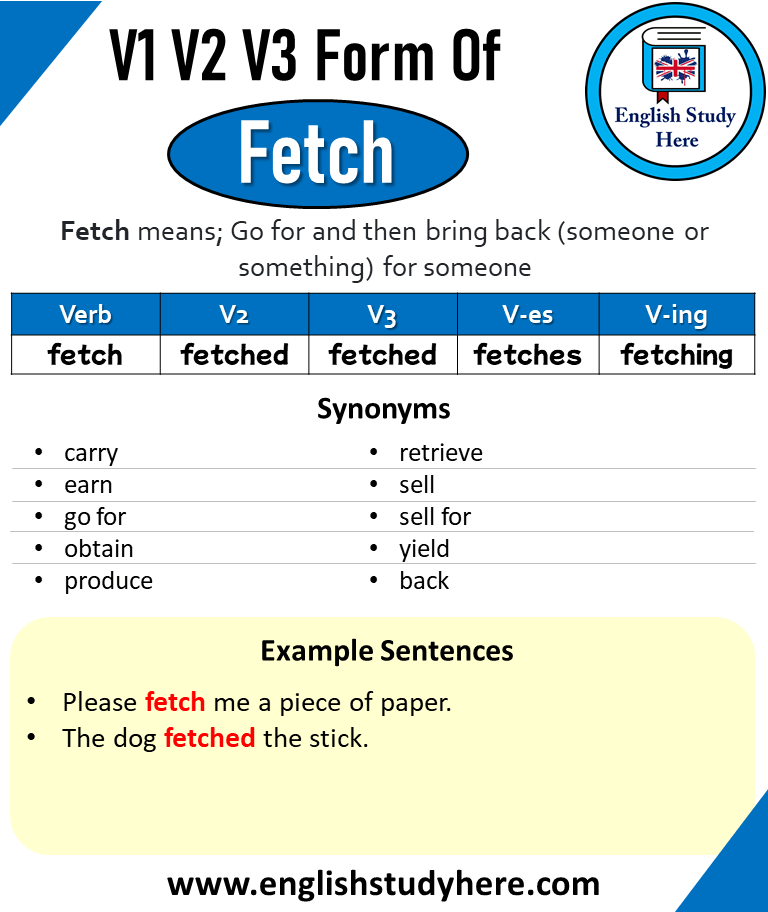Stick Past And Past Participle Form V1 V2 V3 V4 V5 Form of Stick
Have you ever found yourself puzzled over the correct forms of the verb “stick”? You’re not alone.
Navigating through the various verb forms can feel like trying to solve a tricky puzzle. But fear not, because understanding the past and past participle forms of “stick” (V1, V2, V3, V4, V5) is simpler than you might think. Imagine the confidence you’ll gain once you master these forms, enhancing your communication skills effortlessly.
Dive into this article to uncover the secrets of these verb forms, and transform your English language skills from good to exceptional. Let’s make grammar your best friend rather than your biggest headache. Ready to stick with us? Let’s get started!
Stick: Base Form And Variations
The word stickhas different forms. The base form is stick. This is how we use it in the present tense. The past form is stuck. We use it to show something happened before. The past participle is also stuck. It is used with helping verbs like “have” or “has”. There is no change in the past participle form.
Let’s see the verb forms in a table:
| Form | Word |
|---|---|
| Base Form | Stick |
| Past Form | Stuck |
| Past Participle | Stuck |
| Present Participle | Sticking |
| 3rd Person Singular | Sticks |
These forms help us use the verb in different sentences. It is important to learn them well.

Credit: englishstudyhere.com
Past Forms Of Stick
The word stickchanges forms in different tenses. In the past tense, it becomes stuck. This form is used to show a past action. For example, “He stuck the poster on the wall.” The past participleform is also stuck. It is used with helping verbs. Like “She has stuck the pin on the board.”
| Form | Word |
|---|---|
| V1 | Stick |
| V2 | Stuck |
| V3 | Stuck |
| V4 | Sticking |
| V5 | Sticks |
Past Participle And Progressive Forms
The verb stickchanges in different forms. Its past form is stuck. The past participle is also stuck. In present progressive, it is sticking. This is when something is happening now.
In simple past, we say stuck. For example, “I stuckthe paper on the wall.” In perfect tense, use stuck. For example, “I have stuckthe paper.”
These forms help us talk about actions. Actions that happened before or are happening now. Knowing these forms is very useful. It helps in writing and speaking English better.

Credit: www.youtube.com

Credit: www.youtube.com
Conclusion
Understanding the verb “stick” helps in learning English grammar. Its forms, V1 to V5, show how verbs change with time. Mastering these forms aids in writing and speaking clearly. Practice regularly to remember these verb forms. This will improve your English skills over time.
Use “stick,” “stuck,” and “sticking” correctly in sentences. Check examples and practice with friends or classmates. This will boost your confidence in using English verbs. Remember, practice makes perfect. Keep exploring more verb forms for better communication. Stay patient and keep learning.






